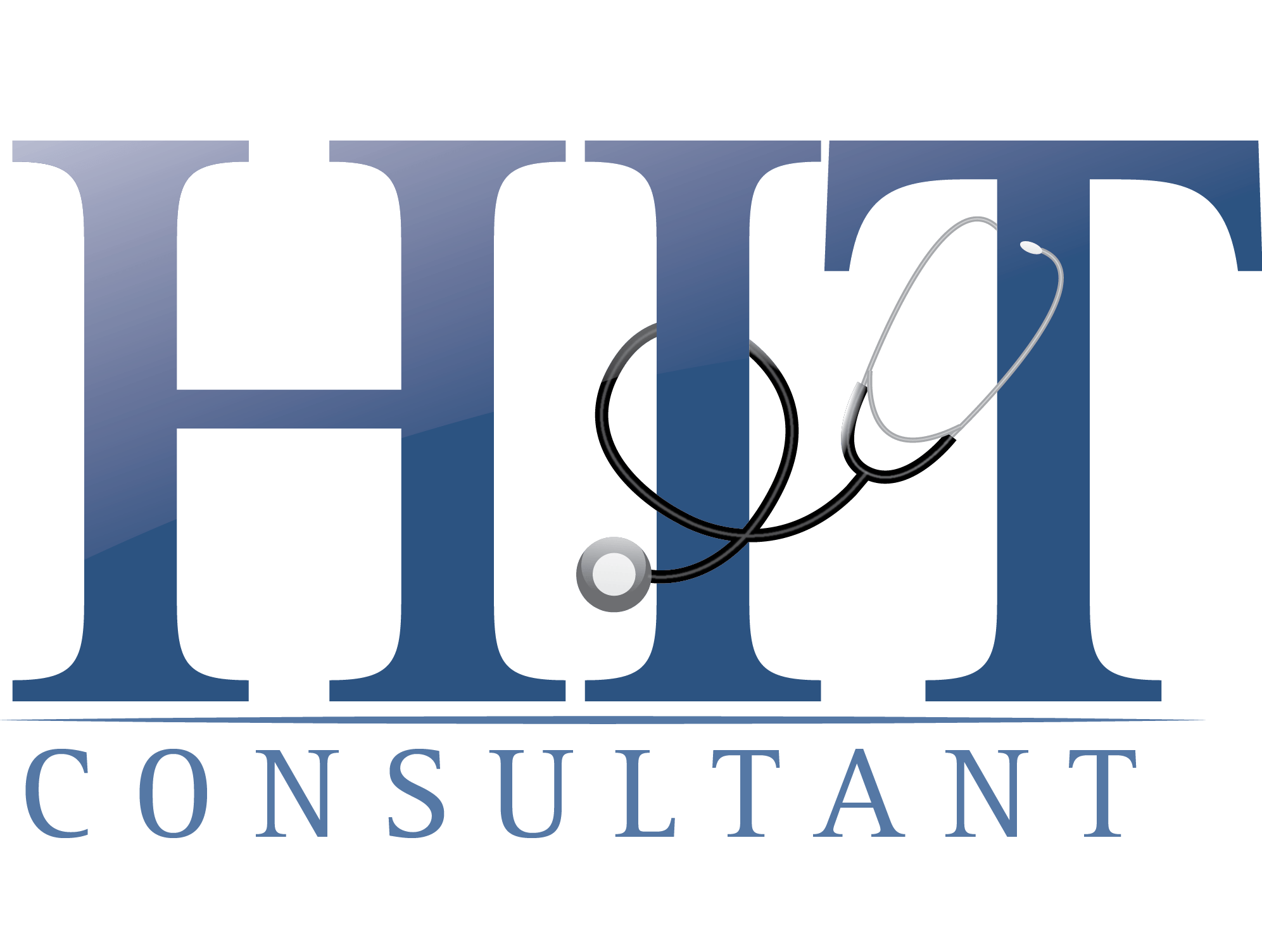In oncology care the clinical community has made remarkable progress in extending survival. Yet we face a persistent invisible gap in care: the emotional and cognitive recovery of patients after treatment ends. Emotional distress in cancer survivors such as anxiety, depression, and pain is not only common but also has measurable impacts on utilization, adherence, and quality of life. The next frontier in digital health is to treat this recovery as a data-driven outcome by embedding it into the
Read More
Denial Management: Closing Gaps and Reducing Revenue Leakage
Revenue leakage on the front end and mid-cycle is an ongoing challenge for hospitals and health systems. Rather than taking a reactive approach to the problem, proactively collaborating among teams prior to admission helps providers avoid playing the blame game when their claims are denied after the fact.
By focusing on reducing the number of denials before a claim is submitted, rather than trying to eliminate denials after the fact, revenue cycle managers can save time and energy. Today’s AI
Read More
Fragile Lifelines: How AI Can Reinforce Pharma Supply Chains
Drug shortages have surged to their highest levels in decades. In early 2024, U.S. pharmacies reported more than 323 active shortages, spanning essential generics, injectables, and even critical cancer therapies. These numbers echo findings from the American Society of Health-System Pharmacists, which tracks persistent disruptions that ripple through hospitals, pharmacies, and ultimately to patients in urgent need of care.
While the pandemic made those cracks impossible to ignore, the reality
Read More
The Compliance Blind Spot: Why Traditional Backups Fail HIPAA Integrity Standards
Healthcare organizations face a uniquely challenging compliance landscape. HIPAA requirements mandate robust data protection and breach notification protocols, while simultaneously, the sector has become the most targeted industry for ransomware attacks. There is now a growing gap between what compliance frameworks require and what traditional security measures can realistically deliver.
The stakes extend beyond regulatory fines. When ransomware strikes a hospital system, the consequences
Read More
The Healthcare Balancing Act: How AI, RPM, and Predictive Analytics Cut Costs Without Sacrificing Care
Calling healthcare a balancing act is probably not doing it justice: Costs are rising, reimbursements are dwindling, and Medicaid is under the knife, but health organizations are still tasked with providing the highest quality of care to the most people they can without breaking the bank.
Under unprecedented financial strain, providers and payers need to optimize operations and trim the budget wherever they can, but never at the expense of quality patient care. That’s why many are investing
Read More
Moving Beyond the Worklist: Agentic AI and Radiology’s Next Efficiency Leap
After years of flat or falling payment rates, radiology providers are being asked to do more with less. Medicare cuts continue to squeeze margins, and inflation-driven cost hikes in labor and supplies further strain budgets. At the same time, workforce shortages have left many radiology departments shorthanded and clinicians overextended. Meanwhile, the traditional follow-up worklist-centric model—essentially a growing to-do list of patients needing outreach, navigation, and scheduling—is
Read More
Beyond Wearables: How Radar Technology is Revolutionizing Elderly Sleep Monitoring
Radar holds the potential to change the way we look after elderly people, with new radar-based sleep monitors offering a way to rethink the way elderly people are monitored both in elder care facilities and in their own homes. Traditional monitoring techniques have significant drawbacks when it comes to elder care: for example, cameras have significant privacy, security and compliance concerns, and wearables have practical issues both in elder care facilities and the home.
By
Read More
The AI Paradox: Why Some Tools Save Millions While Others Increase Physician Burnout
AI has become everyone’s favourite topic in healthcare. From predicting diseases to creating personalised treatment plans, it’s already changing how hospitals, insurers, and health tech companies work. But behind all the excitement sits one big question: is AI really paying off, or is it just more talk than truth?
Like any other business, healthcare organisations need to see clear financial results before calling AI a success. The real question isn’t just how advanced the technology
Read More
From Confusion to Collections: How Unclear Billing Fuels the Medical Debt Crisis
Medical debt remains a significant burden for patients nationwide, with U.S. residents collectively owing an estimated $220 billion. Medical visits already bring emotional and financial stress, and confusing bills only make matters worse. When patients receive statements that they don’t understand, or multiple, fragmented bills, they’re left frustrated, less likely to pay on time, and are at greater risk of accumulating medical debt.
While the July 2025 ruling striking down the Consumer
Read More
Beyond the Margin Squeeze: How Specialty Providers Use RCM Automation to Combat Rising Costs
Despite a recent uptick in margins, providers continue to face significant pressure on their revenue cycles as a result of potential reimbursement cuts, workforce recruitment challenges, and higher costs.
Providers in 2024 reported operating margins of 1.2%, up from -0.5% the prior year, according to a report from Fitch. Nonetheless, margins remain “well below” pre-pandemic levels, and looming federal cuts to Medicaid funding could be devastating for some providers.
Federal
Read More









